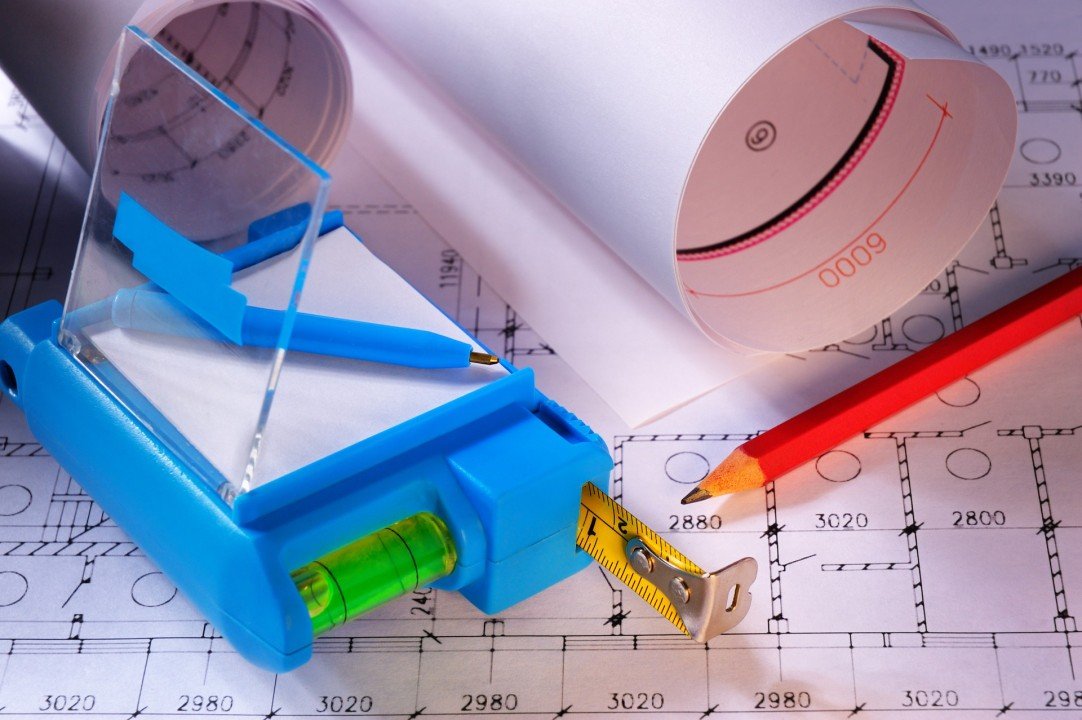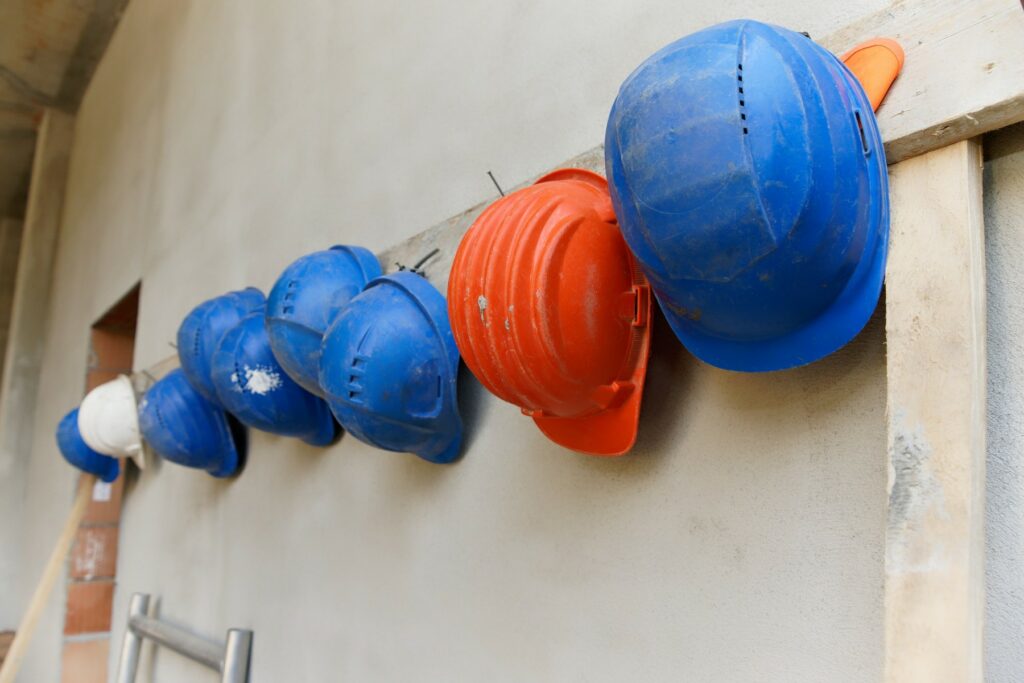
Top-Rated Company That Designs And Builds High-Performance Homes
The term for clean living or living in a home that was energy efficient has always been referenced as “green living,” or for homes constructed with efficiency in mind, it was “green building.”
There are a myriad of intended goals with the homes, all meant to reduce the carbon footprint even further. The suggestion is that the term “high performance” home puts a greater emphasis on striving to create longer-lasting structures with optimum efficiency offering the homeowner incredible energy savings.
The average person, homeowner, business leader, or anyone not in the “know” with the home construction zone is scratching their head about the phrase wondering if a high-performance build is superior to a green build and how these homes are genuinely constructed.
The wording might be new and confusing to people, but the “product” will get around quickly once a few homes start circulating through varied media. Let’s look at some of the details a bit more closely.
What Is High-Performance Building
High-performance homes built by top-rated companies are defined by the “National Institute of Building Science” as (quote) “the creation of structures that optimize and integrate attributes that would be consistent with a high-performance building like energy efficiency, durability, life-cycle performance, and occupant’s productivity.” (end quote)
In saying that, it implies a structure built under the guise of “high performance,” meaning it performs with the highest level of efficiency comprising the attributes as listed.
The operational life span will be extensive, inclusive of a greater level of energy efficiency throughout that life span, allowing for savings on utility costs since energy will be saved with unspoken durability to be able to survive for that prolonged period with the homeowner thriving under these optimum conditions. Learn a few facts about high-performance homes at https://www.hgtv.com/design/remodel/interior-remodel/high-performance-homes/ and then check out a touch more detail here.
-
Efficient
Energy usage is a primary concern in every household. It’s also a priority when top-rated builders construct the homes for the community’s carbon footprint and the greatest good of the planet.
For the homeowner, conserving energy means decreasing the overall carbon footprint with the potential to live off the grid, if not entirely, at least partially, and save on utility expenses.
The suggestion is that commercial and residential structures consume a significant percentage of the energy produced in America. If each building were to assess its consumption and take measures to reduce its usage, it could result in a significant difference in the environment’s health.
-
Durability
A high-performance construction needs to be durable to carry the extensive energy-efficient life span that these boast. The average life cycle for one of these homes is roughly 200 years.
The build consists of using only top-quality materials with the highest standards employed with each build. These practices are incorporated so the homes can withstand any abuse, disasters, and perils, including tornadoes, wildfires, hurricanes, tsunamis, and on.
These homes are made to go from one generation to the next. Environmentally speaking, these houses keep materials from being demolished and sent to the landfill and avoids the need for new materials to be produced using whichever method is necessary.
-
Life span
The life span of the home will be an indication of how well the house performs for the homeowner over the course of its life cycle. That should mean that the homeowner will find minimal, if any, utility costs, minor maintenance expenses, excellent air quality, and on. That should be throughout the entire life cycle, not only when it’s fresh and new. Go here for professional tips on energy-efficient, high-performance homes.

Final Thought
The suggestion is that high-powered residential homes are designed and built by top-rated companies using materials that have recycled elements and are recyclable at the end of the lifespan, so there is no waste when and if it comes time to demolish the structure.
The homes and their floor plans are designed to be aesthetically appealing, practical, and functional for residents, so there’s no need to destroy one of the homes before the life cycle has been exhausted.
The idea of designing and building a high-performance house is that you get what you precisely hope only to sell either if you outgrow and need to move or decide to downsize later in life and need to move.
Or maybe you won’t sell it at all, instead deciding to keep it in the family, passing it from one generation to the next. It can go on for about 200 years; that’s a lot of life.




